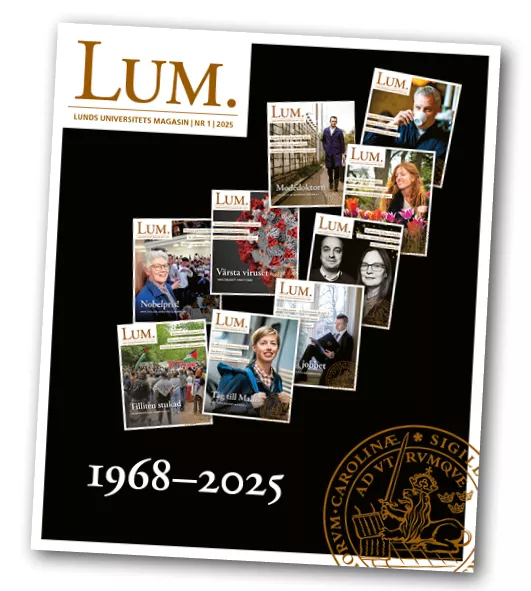“I started a fairly theoretical doctoral thesis on reconstructing Viking sailing routes, but I wanted practical experience from a sailor’s perspective,” says Greer Jarrett, a doctoral student at the Department of Archaeology and Ancient History.
He happened upon a folk high school in Trøndelag, Norway, that offers courses in building boats the traditional way using the clinker technique and square rigs. They started a research collaboration, and Greer Jarrett was able to do part of his thesis work there and, above all, learn to sail.
“I wanted to sail the traditional boats to investigate the factors that influenced how they were manoeuvred, and how routes were chosen in a time when there were no maps, compasses or sextants. I was also interested in understanding how they perceived the journeys they made and how it affected their understanding of the world and their cosmology more generally.”
To the Arctic circle
Since the collaboration with the folk high school began, he has sailed seven different Norwegian fishing boats built according to 19th century traditions. Models and sizes have varied, but their construction is similar to that of Viking ships and the voyages have taken place along different routes and in different weather conditions ‒ all with the aim to collect data for his thesis.
Together with his crew, he has sailed to the Arctic Circle, from Trondheim down to Bergen and from Stensund to Hanko in Finland. The sea along the coast of Norway was a regular transport route for the Vikings, much like our modern motorways, and Greer Jarrett discovered probable harbours along the coasts that have not yet been excavated.
“The harbours were very important, as this was where they stopped and were told by word of mouth how to proceed.”
Safer on the open sea
One thing that surprised him was the realisation that it is more dangerous to sail near the coasts and in the bays and fjords than in the open sea.
“Strong gusts of wind come down from the mountains, and the currents are unpredictable, which is tough for the light Viking boats.”
“Today, you can sail from point A to point B. It was more difficult then. I like to describe their way of sailing as like a tree with many different branches and five or six possible routes.”
Greer Jarrett likens Viking sailors to the extreme athletes of today. They had to take risks and did not have access to weather forecasts like we do. Instead, they had to constantly monitor the weather of the moment, the sea state, the experience of the crew and other factors.
Analysing the results
One important lesson he learnt from his journeys is that it is rarely the boats that set the limits of what is possible. Good teamwork is more important.
He is currently analysing the results of his sailing trips and constructing 3D models of the different types of hulls of the boats to understand how they affected sailing performance.
“I believe that 3D technology can bring us closer to Viking cartography, which is different from the two-dimensional cartography of our time.”





